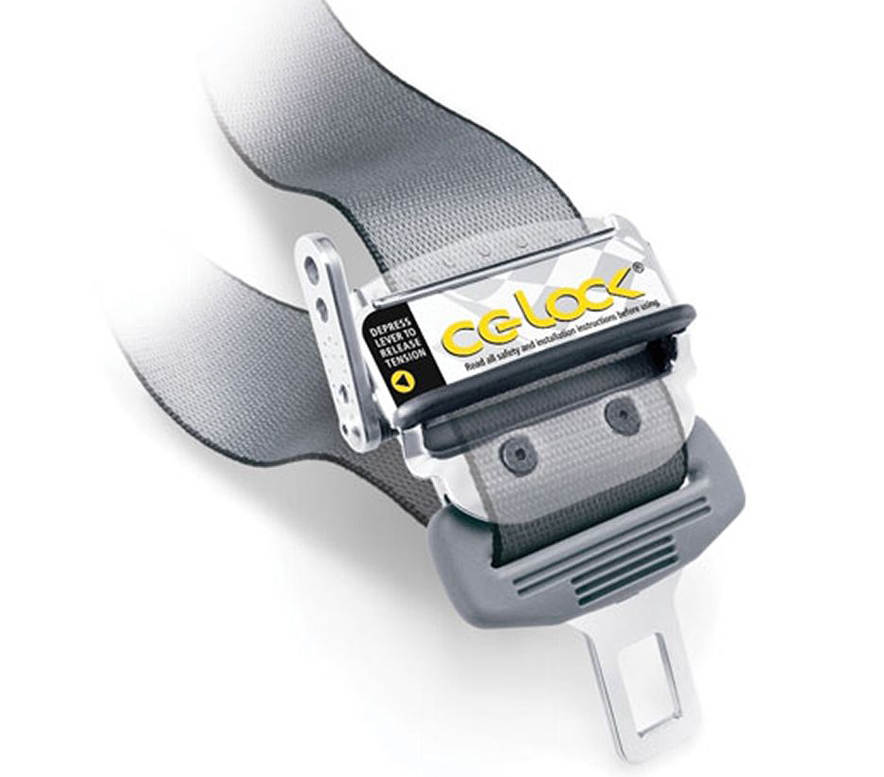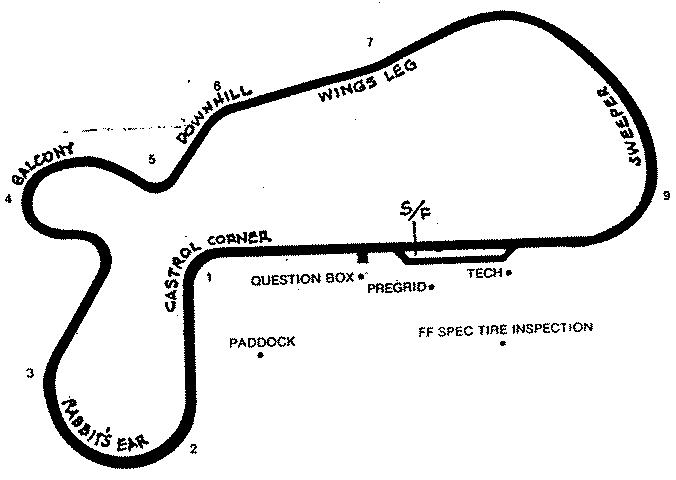Trompazo
Member
A vehicle's kinetic energy, during deceleration, is transformed into "heat" (thermal energy), without regard to its design, rotor/pad size, efficiency.
Therefore a larger (rotor/pad) & better designed (more efficient) brake system would have a larger thermal capacity (heat sink) and can "absorb" more heat, and "dissipate" heat faster so this vehicle can run at a lower braking temperature vs. the one running with a smaller brake and less efficient system at higher temperature which can quickly lead to brake failure.
For the same kinetic energy (1/2MV^2) ie same vehicle mass and speed; Brake (size & system) = Braking temperature.
This is correct. Many people will stay that stopping distances is completely related to tires. And that is true, until the brakes overheat.
Brakes are not going to improve your stopping distance, but a massively heavy car like this which is under braked, it will get massive brake fade with hard use.
In my model 3 performance, I have never had issues with brakes during autocross, but in the summer I took the wife and kids on vacation with lots of luggage through the mountains and had a few times where the brakes faded horribly.




